DAF 95 Turbo Twin
Dutchman Jan de Rooy always dreamed of winning the Paris-Dakar Rally. And as a proud patriot, he wanted to do it behind the wheel of a DAF truck. Initially, de Rooy participated as a constructor, but in 1982 he decided to become part of the driving crew — his instincts told him success was near.

The breakthrough came in 1984, when de Rooy entered a DAF truck with twin cabs — like those used on fire engines in narrow tunnels — and twin engines. The vehicle was performing well in its class, but a crash forced it to retire. De Rooy realized that two cabs were unnecessary for a race truck, but there was still untapped potential in the engine department.
So, for the 1986 rally, he prepared the DAF Turbo Twin — a no-compromise racing machine. Like before, it had two parallel engines, but now the engine bay was a composite-covered space frame. The weight reduction allowed the DAF 95 to reach speeds of over 200 km/h. The truck had serious winning potential, but on stage 15, the driveshaft failed, forcing another retirement.
Finally, in 1987, de Rooy claimed victory in the truck category: his improved Turbo Twin II, with even more powerful engines, took first place in class and an astonishing 11th overall. But de Rooy wasn’t satisfied — he believed that with enough power, a truck could win the entire rally outright.
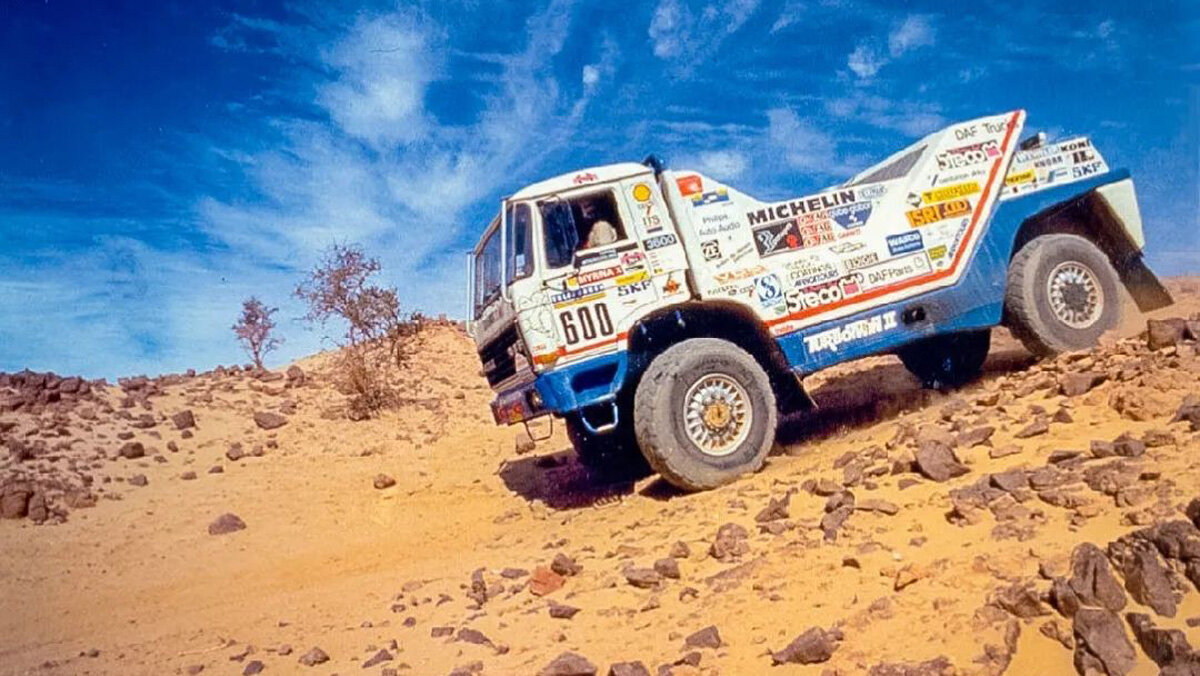
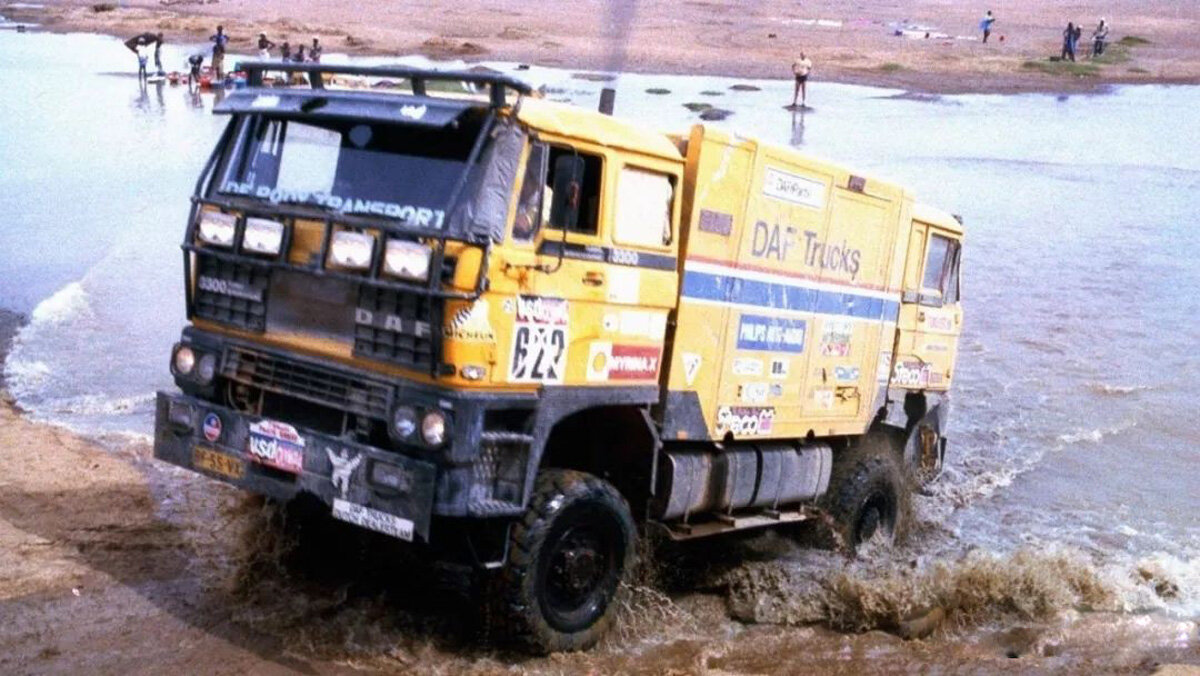
So, in 1988, the DAF 95 Turbo Twin X1 and X2 hit the Dakar starting line. These two trucks were identical in specs, and their numbers were jaw-dropping: each had two turbocharged engines with variable-geometry turbines, producing a combined 1,220 horsepower and 4,700 Nm of torque! These 10.5-ton monsters could accelerate from 0 to 100 km/h in 7.8 seconds and had a top speed of over 240 km/h.
At certain points, the X1 trucks were even faster than the Peugeot 405 T16 rally raid cars. But they were too fast. On stage 8, the X2 was involved in a devastating crash at 180 km/h, seriously injuring the crew. De Rooy withdrew the X1 from competition and vowed never to chase raw power again. Soon after, the Dakar rules were revised to impose strict speed limits on trucks — and the Turbo Twin X1 and X2 remain the fastest trucks ever to compete in the Dakar Rally.
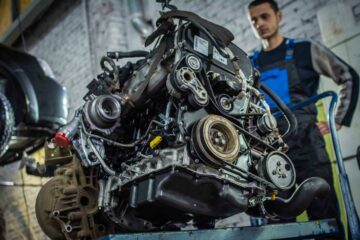
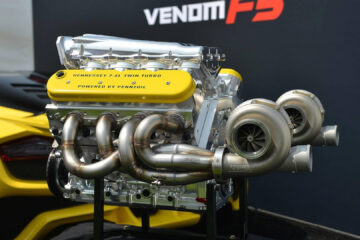
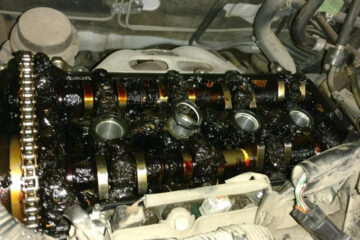
0 Comments